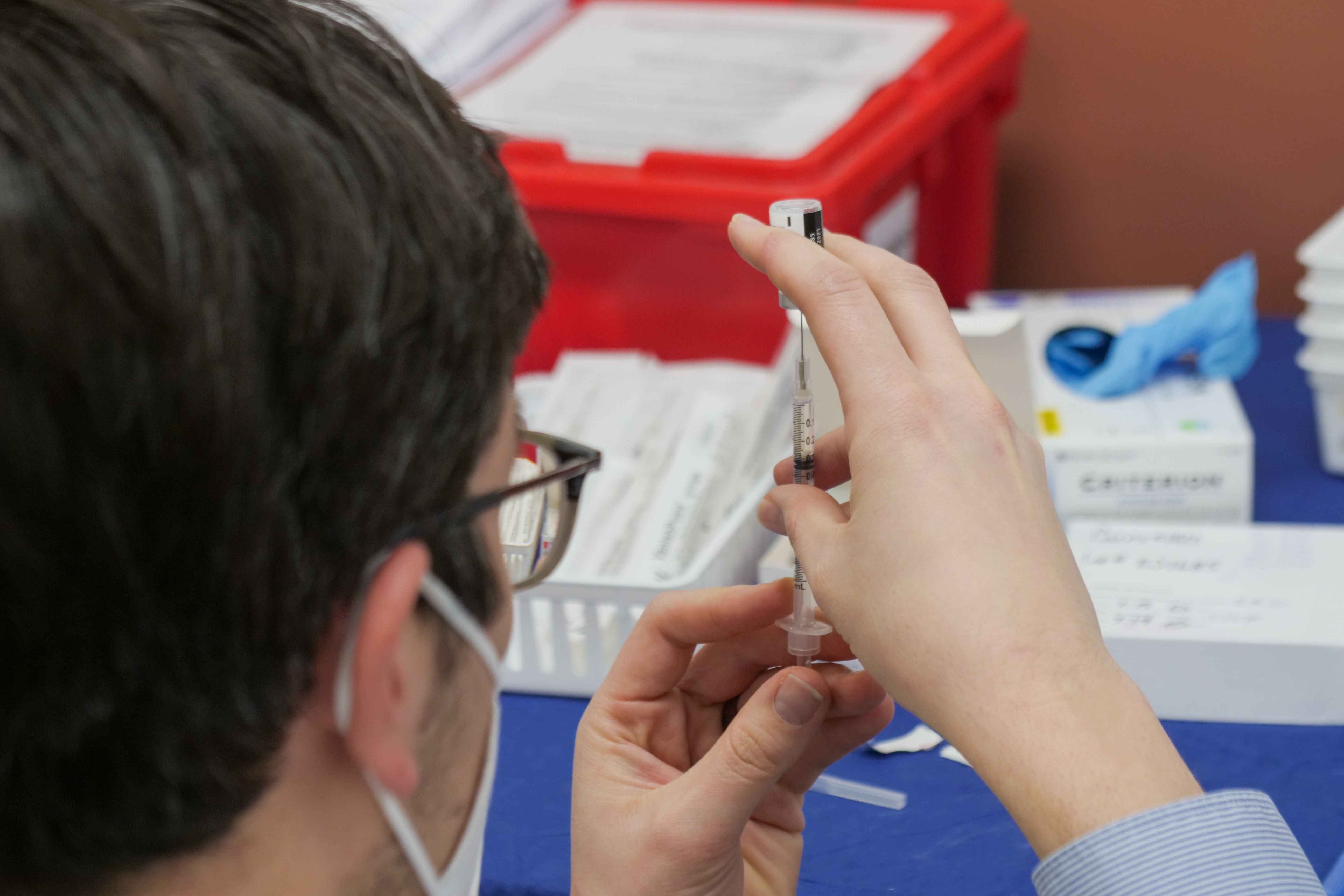Mixing 2-Dose Primary COVID-19 Vaccines Can Increase Access While Preserving Protection
Clinical trial compares immunogenicity of mixing mRNA, adenoviral and spike-adjuvant vaccines in 2-dose series against COVID-19.

Some mixes of vaccines in the 2-dose primary series against COVID-19 resulted in similar immunogenicity to homologous vaccination, in the first randomized controlled trial to assess heterologous vaccinations with mRNA, adenoviral, and spike-adjuvant vaccines.
Arabella Stuart, MSc, Oxford Vaccine Group, Department of Pediatrics, Oxford, UK and colleagues of the Com-COV2 Study group sought to extend smaller investigations ofheterologous vaccination, to ascertain safety and efficacy of several combinations, and to provide data that might support increased access where vaccine supply is limited or inconsistent.
"Although there are now 24 different vaccines approved worldwide, manufacturing issues, raw material shortages, and surges in infection have led to supply chain disruption and delays," Stuart and colleagues observe.
The investigators note that safety concerns have also altered deployment of some vaccines, and that questions continue to arise about effectiveness. "Additionally, concerns about waning vaccine immunity, and the potential for existing schedules to protect against new SARS-CoV-2 variants of concern have led to questions on the optimization of vaccine technology," they remark.
The trial involved first dose with either the AstraZeneca chimpanzee non-replicating adenovirus (ChAd) (n=540) or the Pfizer-BioNTech mRNA (BNT) (n=532). Participants were then randomly assigned on a 1:1:1 ratio to receive a second dose after 8-12 weeks with either the same vaccine (homologous vaccination) or heterologous vaccination with the Moderna mRNA vaccine (m1273), or the M-adjuvanted recombinant S protein Novavax Matrix (NVX) vaccine.The latter has not previously been assessed in heterologous vaccination, and offers the supply-chain advantage of requiring standard, rather than extra cold refrigeration.
Immunogenicity was ascertained by serum concentrations of spike protein antibody titers and efficacy of neutralizing antibodies, and cellular response in interferon-γ secreting T- cells specific to whole spike protein epitopes (gauged in participants from 5 of the 9 clinical sites). The primary endpoint was the geometric mean ratio (GMR) of serum SARS-CoV-2 anti-spike IgG concentrations measured by ELISA in heterologous versus homologous schedules at 28 days after the second dose, within non-inferiority criterion.
Safety and reactogenicity was determined in direct observation for at least 15 minutes after vaccination and in follow-up visits; with participants provided with oral thermometer, tape measure and diary card to record solicited, unsolicited and medically attended adverse events.
Stuart and colleagues report that immunologic response to ChAd/m1273 and ChAd/NVX were non-inferior to ChAd/ChAd; as was the BNT/m1273 compared to BNT/BNT.The BNT/NVX was not found non-inferior, although it still induced an 18-fold rise in geometric mean concentration (GMC) 28 days after vaccination.Both heterologous second doses with m1273, but not NVX, were associated with increased transient systemic reactogenicity compared with homologous schedules; although there were no serious adverse events related to the vaccinations..
In accompanying commentary, Christopher Richardson, PhD, Department of Microbiology and Immunology, Department of Pediatrics, Canadian Center of Vaccinology, Dalhousie University, Halifax, Canada, considered the assay results, and ranked each combination for both antibody and cellular response.
"Clearly mRNA vaccine approaches were more advantageous in terms of producing neutralizing antibodies, but the ChAd adenovirus-based vaccine--and to a lesser extent, NVX--appeared to help stimulate interferon-γ production from PBMC (peripheral blood mononuclear cells), which could correlate with longer periods of immunological protection or memory," Richardson posited.
Stuart and colleagues deemed the tested heterologous primary vaccinations as a viable approach to the pandemic."Multiple vaccines are appropriate to complete primary immunization following priming with BNT or ChAD, facilitating rapid vaccine deployment globally and supporting recognition of such schedules for vaccine certification," they reported.
